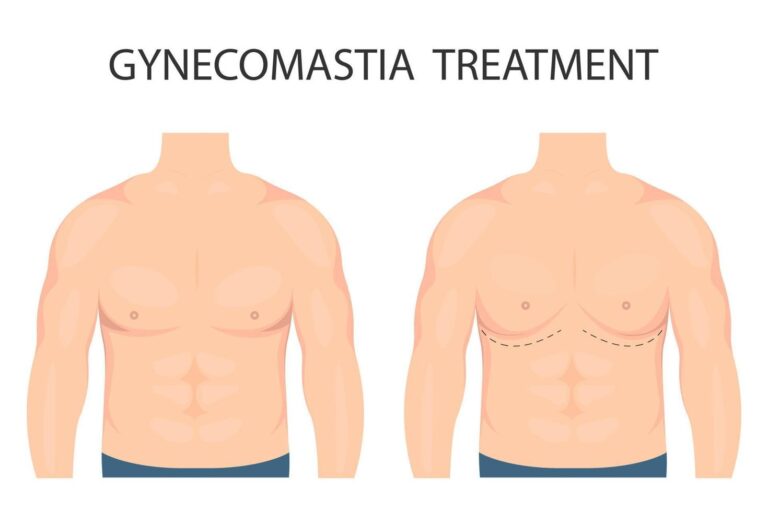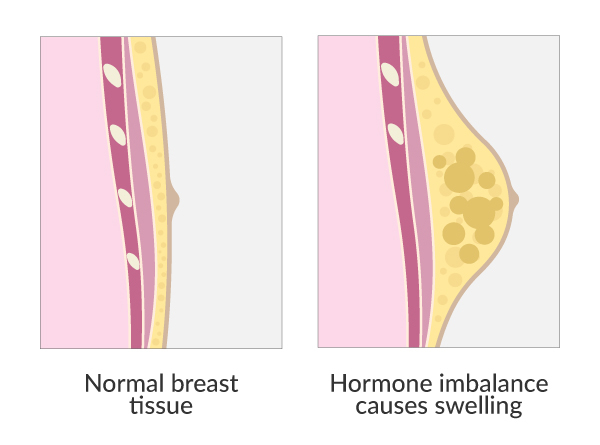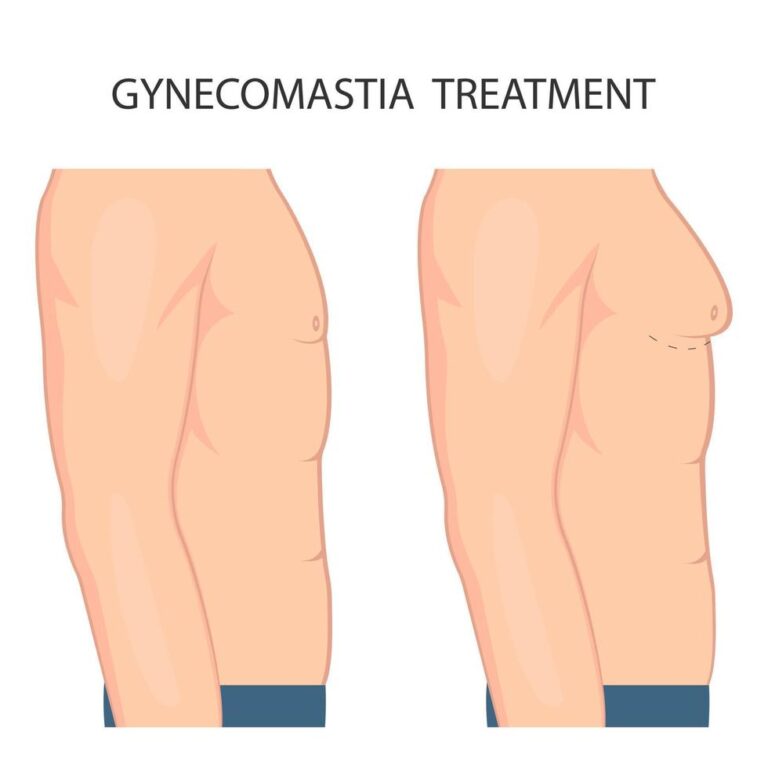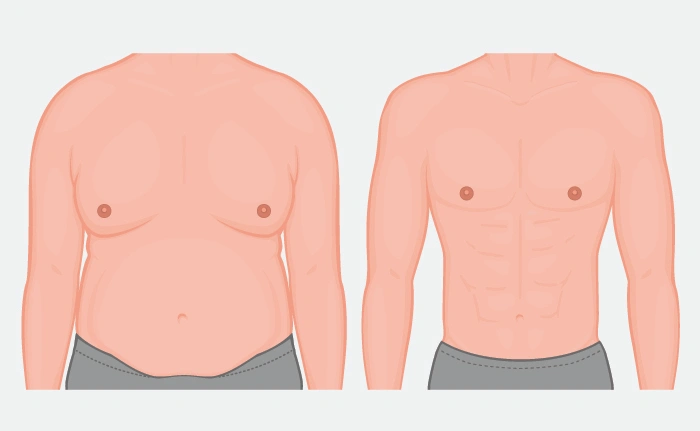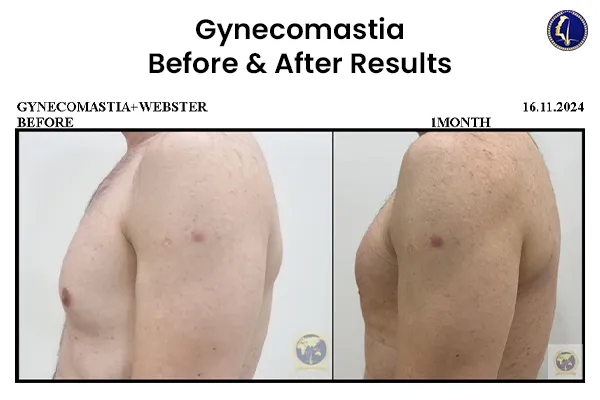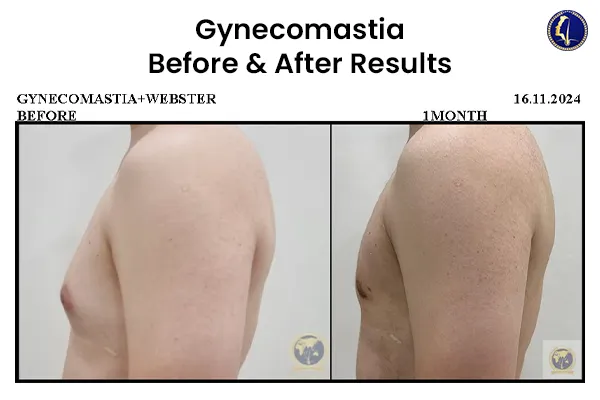Gynecomastia Surgery Cost & Prices In Malaysia
In Malaysia, gynecomastia surgery typically costs RM 9,000 to RM 15,000, depending on the procedure type and clinic. Here’s a quick breakdown:
Liposuction only: RM6,000–RM9,000
Gland removal only: RM7,000–RM11,000
Combined: RM10,000–RM15,000
Price varies by surgeon’s expertise, clinic standards, case complexity, and aftercare. Always choose an certified clinic for safe, lasting results.
At GLOJAS Plastic Surgery Specialist Clinic, we offer transparent pricing, with male breast reduction surgery costing between RM 9,000–RM 12,000, performed by certified plastic surgeons.
